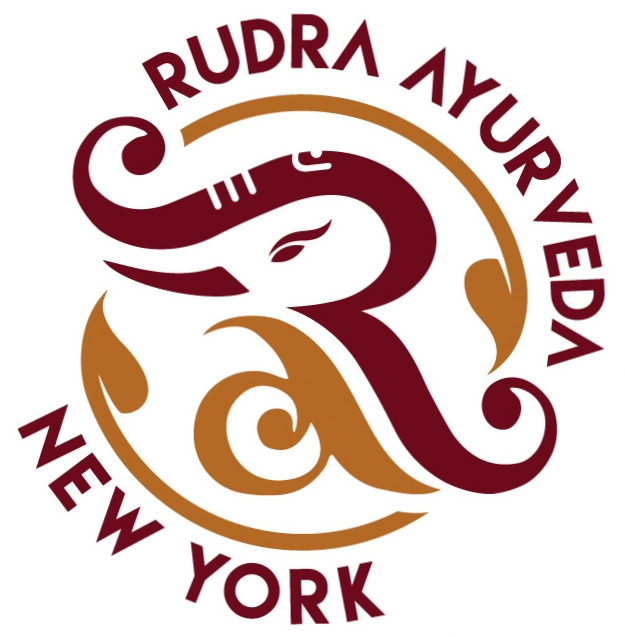

ancient AYURVEDA
Place to Experience Authentic Ayurveda in New York
646.331.0398 / BOOK YOUR APPOINTMENT ONLINE
ancient AYURVEDA
Place to Experience Authentic Ayurveda in New York
646.331.0398 / BOOK YOUR APPOINTMENT ONLINE
AYURVEDA
Ayurveda, the "science of life" is a system of traditional medicine native to India and practiced in other parts of the world as a form of Alternative Medicine. In Sanskrit, the word Ayurveda consists of the words ayus, meaning 'life', and veda, meaning 'related to knowledge' or 'science'. Ayurvedic practitioners also identified a number of medicinal preparations and surgical procedures for curing various ailments and diseases. As per Indian heritage and science, and the Ayurvedic system, the prevention of all types of disease has a prominent place in treatment, including restructuring one's lifestyle to align with the course of nature and the four seasons to guarantee complete wellness.
Ayurveda is applicable to every living thing, as implied by its name, the "science of life". Ayurveda views each and every person as unique, with a unique mind-body constitution and a unique set of life circumstances, all of which must be considered in determining either natural healing approaches or recommendations for daily living. According to Ayurveda, because we each have a unique constitution, our health prescription must be unique to us. This means that in order to be healthy, you need to eat certain foods that are beneficial for your body type. Your exercise program must be personally suitable as well. Your constitution determines very much about you - your body, your personality, even how you relate to other people. Understanding it lets you know what you need in order to be healthy.
PRAKRITI
According to Ayurveda, everything in this universe is made up of five elements, namely, earth, water, fire, air and ether (space). The word Prakriti means "nature" or natural form of the build and constitution of the human body. Ayurveda lays emphasis on examining the Prakriti or the natural state of an individual first. The vikriti i.e. disease is examined later. While the expert in modern medicine analyses the disease, the Ayurvedic expert is also interested in the individual who is suffering from the disease.
All material in the universe, animate or inanimate, is composed of five basic elements - namely Akaash, Vaayu, Agni, Jal and Prithvi. Akash, or space, is omnipresent and all pervading; a substratum to the other four elements and due to its presence one can separate or differentiate material. Vaayu, or air, is responsible for the movement of all types and is vital for the existence of all creatures. Agni, is the element of energy or heat. Jal, is the element of water essential for sustenance of life. Prithvi, or earth, is responsible for structure and bulk of the material. These elements combine to form the three Doshas, Vata, Pitta, and Kapha, or metabolic types and are represented in the human body in different forms. For instance, bones and teeth are earth, blood and lymph are water, the metabolism is fire, oxygen is air, and ether is the spaces found between matter, represented best by vibration or sound. Vata is a combination of Ether (space) and Air, Pitta is formed by combination of Fire and water and Kapha is a combination of Water and Earth. These various Doshas govern different functions and different attributes in the individual's body.
VATA
Vata governs movement and neural-electrical impulses. It is responsible for some of the basic body functions such as the heartbeat, cell division, movement of food in digestion and the workings of the nervous system. Vata body areas are the large intestine, pelvis, bones, skin, ears, and thighs. Vata imbalances can cause conditions like high blood pressure, constipation, anxiety and dry skin. People with Vata as dominant Dosha are believed to be quick thinking, thin, and fast.
PITTA
Pitta is known as Energy of Digestion and Metabolism. Pitta Dosha (bio-energy) is a combination of water and fire elements and formulated by the dynamic interplay of the both. These elements are transformative in nature thus they constantly modulate and control each other. In human body Pitta represents the fire element; it includes gastric fire or digestive fire, action of enzymes and amino acids that play a major role in metabolism, and the neurotransmitters and neuropeptides involved in thinking. People with Pitta personality are known for warm friendly behaviour and leadership qualities.
Pitta is hot, sharp, light, oily, liquid, and spreading in nature. It is sour, bitter, pungent to the taste, and has a fleshy smell.
KAPHA
Kapha is an alliance of water and earth elements. Kapha represents the Energy of Lubrication and Structure in Ayurveda. Kapha comprises all our cells, tissues and organs. Kapha molecules act as glue that hold the body together and provides it the basis for physical structure. Water is the main constituent of Kapha and provides biological strength and natural tissue resistance in the body. Kapha is heavy, slow, cool, oily, liquid, hard, smooth, dense, soft, static, viscous, and cloudy. It is white in color and has a sweet and salty taste. These attributes of Kapha can be seen with an individual who has predominant Kapha Dosha.
